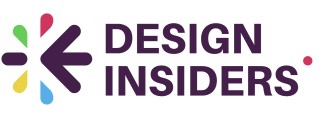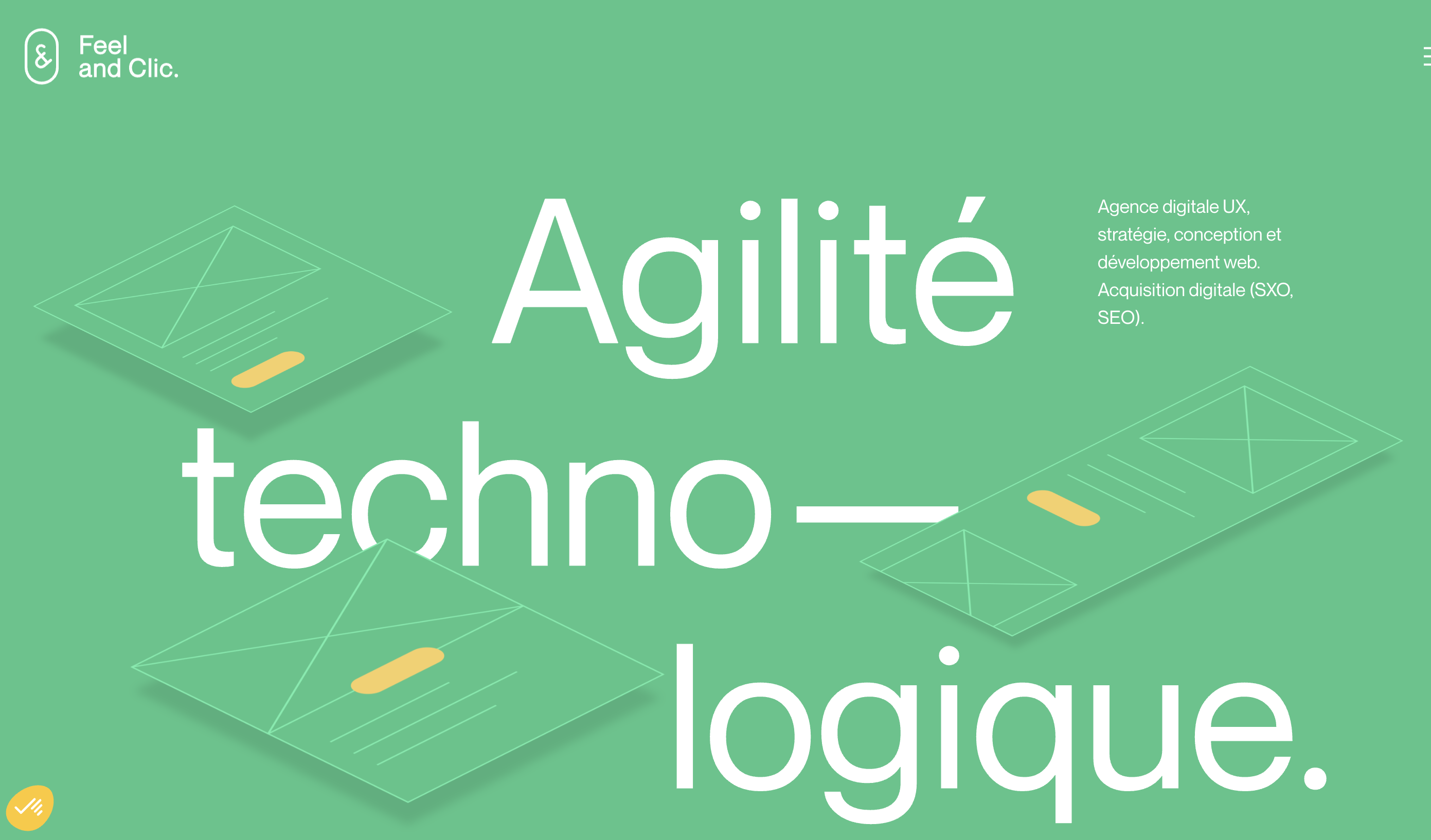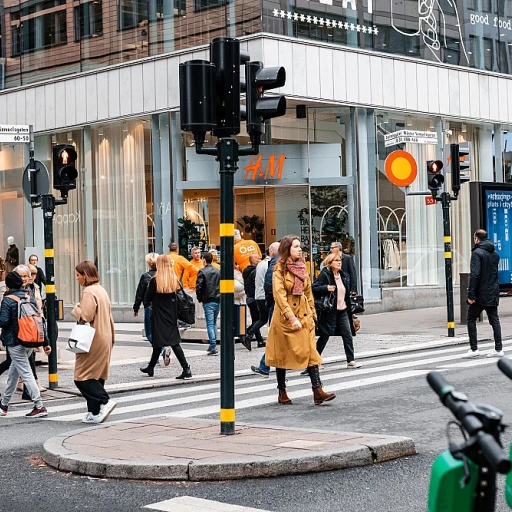Understanding User Intent in Local Searches
Unveiling User Intent Behind Local Searches
In the realm of local search design, understanding user intent is crucial for enhancing the overall experience. With most people turning to search engines like Google to find local businesses, it's essential for digital marketers to decode the intent behind these queries to improve user engagement.
User intent broadly categorizes into three types: navigational, informational, and transactional. For a local search, the intent often leans towards navigational, where users seek particular locations or businesses, and transactional, where they intend to make a purchase or engage with a service. Recognizing these distinctions enables businesses to tailor their digital marketing strategies to meet the specific needs of their customers. Incorporating these insights leads to a more user-friendly website that caters to a wide range of local customers.
An effective local SEO strategy aligns the business’s online presence with the local user’s needs. This means utilizing appropriate SEO techniques to ensure the site ranks well on search engines. It's not just about stuffing keywords, but embracing best practices in web design and mobile optimization. As browsers become increasingly mobile-first, catering to mobile users becomes paramount.
Understanding and leveraging user intent goes hand-in-hand with search engine optimization, ultimately affecting the search rankings. When site content resonates with what the user expects, the bounce rate tends to decrease significantly, thereby improving search engine performance.
Moreover, personalization and audience targeting can further refine this approach, enhancing user experience exponentially. By creating localized content on platforms like Google Business and engaging in strategic social media marketing, a business can effectively address user intent, fostering a deeper connection with their local audience.
For more insights, exploring how design influences various engagement pathways, such as designing an insurance customer journey map, is a pathway towards refining user intent strategies in local search.
Incorporating Accessibility in Design
Designing for Accessibility in Local Search
Incorporating accessibility into web design is not just a best practice; it's a necessity for enhancing user experience. When local businesses focus on making their websites accessible, they open the doors to a wider audience, including those with disabilities. This approach not only aligns with ethical standards but also improves search engine optimization (SEO) by making the content more discoverable for everyone.
Local searches are increasingly performed on mobile devices, which means that a mobile-friendly design is crucial. Ensuring your site is accessible on various devices can significantly reduce bounce rates and improve user engagement. Search engines like Google reward sites that prioritize accessibility, as it enhances the overall user experience.
Here are some key elements to consider when designing for accessibility:
- Text Alternatives: Provide alt text for images and transcripts for video content. This helps search engines and users who rely on screen readers.
- Keyboard Navigation: Ensure that your site can be navigated using a keyboard alone, which is essential for users with motor disabilities.
- Readable Content: Use clear fonts and adequate contrast between text and background to improve readability for all users.
- Responsive Design: Adapt your design to work seamlessly across different devices and screen sizes.
By focusing on these aspects, local businesses can improve their online presence and better serve their customers. Incorporating accessibility into your design strategy is a step towards a more inclusive digital marketing approach. For more insights on enhancing user experience, consider exploring this resource.
Leveraging Personalization for Better Engagement
Emphasizing Relevant Content Through Personalization
To enhance user engagement and improve the overall user experience in local search design, leveraging personalization is key. Personalization essentially means tailoring the website's content and experience to meet the specific needs and preferences of individual users. This can significantly impact how users interact with a site and can increase customer engagement.
Incorporating personalization in local searches involves understanding the preferences and behaviors of users and utilizing this data to display relevant search results and content. Here’s how it can be done efficiently:
- User Data Collection: Gathering user data is the first step. By analyzing previous interactions and search behaviors, businesses can curate content accordingly.
- Diverse Content Options: Offering a variety of content formats—such as articles, videos, and infographics—tailors to different user preferences, enhancing engagement.
- Dynamic Content Display: Leveraging technology to dynamically change content based on user location, search history, and preferences helps keep the site relevant and user-friendly.
- Engaging Communication: Through personalized emails, notifications, and in-app messages, maintaining a connection with users becomes convenient, keeping the brand at the forefront of their minds.
The interaction between personalization and search engine optimization (SEO) cannot be overlooked. By displaying content that aligns with user intent, websites not only engage customers more effectively but also enhance their SEO rankings as engagement signals are often monitored by search engines. Hence, personalized content, integrated seamlessly within the design, boosts visibility and results in a better local search experience.
Personalizing content helps in reaching customers effectively, improving satisfaction rates, reducing bounce rates, and increasing user retention.
Optimizing for Mobile Users
Prioritizing Mobile Responsiveness
In today's digital landscape, optimizing for mobile users is no longer optional; it's essential. With an increasing number of local searches being conducted on mobile devices, businesses need to prioritize mobile-friendly design in their websites to elevate user experience and accessibility. First, a responsive web design ensures that your site's layout adapts seamlessly across various screen sizes. This doesn't just enhance the user's journey, but it also contributes to better search rankings on engines like Google, which prioritize mobile-friendly sites. A key consideration here is the integration of touch-friendly elements, ensuring buttons and links are easily clickable without zooming – a cornerstone of user-friendly design. Moreover, mobile optimization extends beyond layout. Fast loading times can significantly cut down bounce rates. By minimizing heavy content and enabling browser caching, you address performance issues that could otherwise drive mobile users away. Additionally, consider the importance of local businesses appearing on the first page when users search for services "near me." Implementing SEO local strategies, like optimizing meta-tags for mobile search engines or maintaining an updated Google Business profile, can improve your business's visibility in local searches. Ultimately, focusing on mobile responsiveness not only boosts user engagement but also aligns with the growing trend of mobile-first indexing. By doing so, businesses can ensure they capture the broadest audience, meeting the needs of on-the-go customers effectively. This approach dovetails with other best practices discussed, helping refine the overall user experience and ensuring that local searches convert into actionable customer interactions.Utilizing Visual Design to Enhance Clarity
Aesthetic and Functional Visual Design
The integration of visual elements into local search design doesn't merely serve aesthetic purposes; it plays a pivotal role in how users interact and engage with a site. By enhancing clarity through strategic visual design, you contribute significantly to a seamless and intuitive user experience. Visual cues such as color, contrast, and typography guide users through your website's journey, making it easier for them to find the information they need. These elements impact how content is perceived and can significantly influence bounce rates and overall user engagement.- Color and Contrast: Using a coherent color palette aids in brand recognition and user trust. Employing high-contrast settings can improve readability, essential for accessibility and SEO considerations.
- Typography Choices: Clear and legible fonts enhance user friendliness and can improve engagement metrics. Proper typography hierarchy ensures users can easily navigate through the content, understanding the importance and relationship of each section.
- Whitespace Utilization: An often undervalued aspect, whitespace allows users to process information without feeling overwhelmed. It enhances readability and directs focus to essential elements, contributing positively to local SEO strategies.
- Icons and Imagery: Carefully selected icons and images can convey messages more robustly than text alone. They help in breaking up text-heavy content, thus improving digital marketing and search rankings.
Measuring Success and Iterating on Design
Evaluating Outcomes and Refining Designs
Design is ever-evolving, and when it comes to improving user experience in local search contexts, continual assessment is essential. Here’s how to measure success and refine your design strategies effectively:- Track Key Metrics: Regularly analyze data such as bounce rate, user engagement, and search rankings metrics on your website. Identifying spikes or drops in these areas can provide insights into user behavior and the effectiveness of your design.
- Monitor Local SEO Performance: Evaluate your business’s presence on search engines like Google. This includes scrutinizing your local SEO efforts—are your Google Business and other listings drawing in local customers as planned? Reviewing the positions of your site in local searches can help you assess what content or design elements need adjustment.
- User Feedback Channels: Establish and utilize channels for collecting user feedback. This can be through on-site surveys, social media, or direct customer interactions. Users' insights offer a firsthand perspective that can uncover usability issues not easily discernible through data alone.
- A/B Testing: Implement A/B testing to compare different design iterations. This controlled approach allows you to see which design changes improve key performance indicators like user engagement and conversion rates.
- Iterative Design Process: Adopt an iterative process where adjustments are made based on collected data and feedback. Regular iterations ensure the design continues to meet user needs, aligns with marketing goals, and performs across mobile devices and online platforms.










